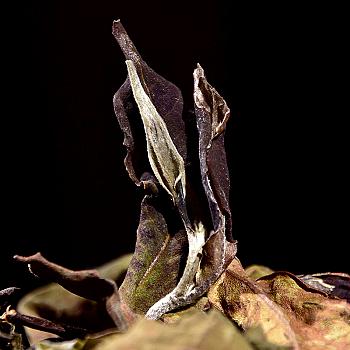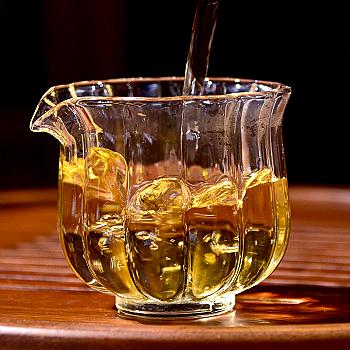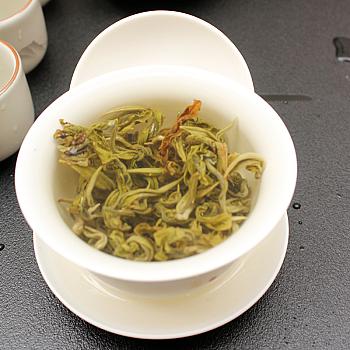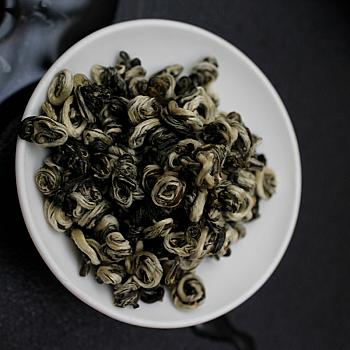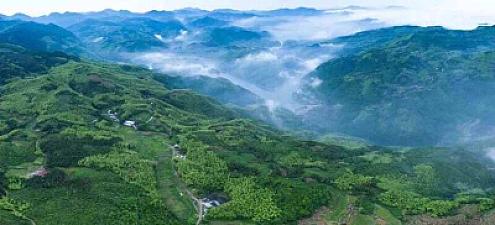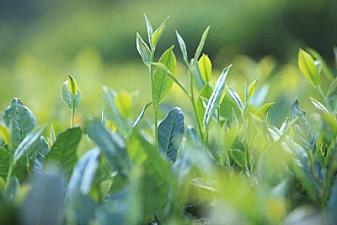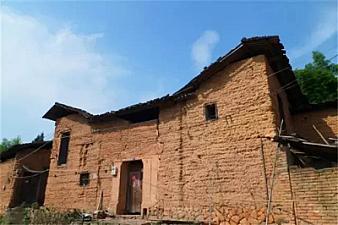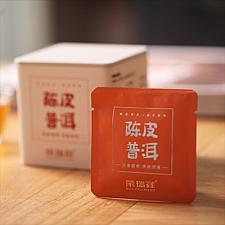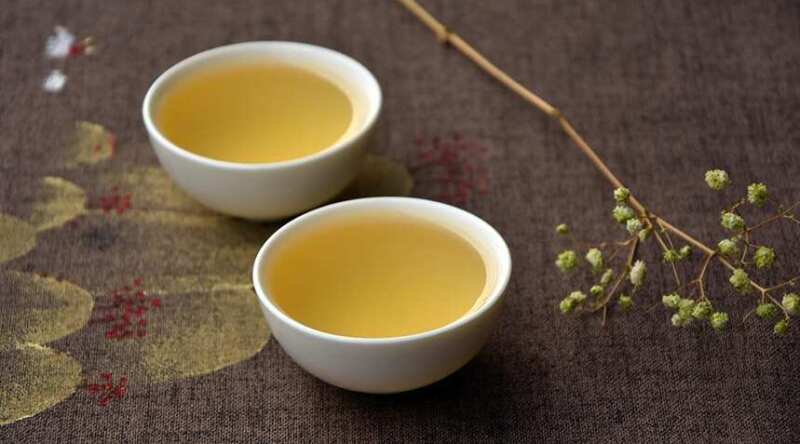
What is a high-end drinking experience?
August 14, 2025
Do high-end and low-end tea drinking experiences exist? Of course. To some extent, the emergence of mountain ancient tree tea as a specialty from pu-erh tea represents an upgraded tea-drinking experience revolution. As to why mountain ancient tree tea can be segmented out and its value increases tenfold in just over a decade, this is something to be discussed in another article.
Of course there is a difference between high-level and low-level drinking experiences.
In a way, Sheng Teas' sub-classification from Pu-erh tea is an upgrade of the drinking experience that is revolutionary.
As for why Yuntzhi Ancient Tree Tea can be subdivided, and its price multiplied by a hundred in just over ten years to form this hot topic of discussion, that will have to wait until another article.

Today we're talking about what it means to have a high-end drink experience.
Before we start reading this article, I have a few conditions that need to be met. If you tea friends agree, let's continue; if not, then you can stop here!
1. The tasting of ancient tree tea is exclusive, if one forever holds the idea that "there's no top-grade tea and what suits one's taste is precious," then there's no way to continue discussing it.
The article is intended to be a discussion of the "high-end experience" of mountain head tree tea, rather than setting standards. Given my current knowledge, products I've tasted and understanding of mountain head tree tea, it's probably still at a relatively basic level.

Here is the translation: 3. Supplementing the second point. The description of fine wine in the article is an accurate account of my personal experience, with some summary made during the process. The benefits are that if you've had a similar experience, we can probably resonate with each other; but the drawback is that this kind of content relies heavily on subjective consciousness (to be honest, it's quite hard to be objective), and if you don't feel it, it may also be my own issue, so let's discuss among ourselves.
The experience of drinking itself is a comprehensive thing, in the actual process of drinking, we can hardly pick out one point to explain, for example, when tasting a mountain tree old tree, the flavor, aroma and tactile sensation all happen at the same time. But when writing an article, we will choose to focus on one aspect alone, which actually has a big limitation, often losing sight of something else.
In terms of evaluation, I have mentioned it in many articles before, but looking back, they are all scattered and disorganized. Today's article, I want to make a comprehensive summary.
Good, let's get down to business!

What is the borderline between "high-level" and "low-level" drink experiences?
Gag reflex.
I've thought of many subjects, but I couldn't find the right word to describe the sensation of entering the throat. If you insist on forcing a definition, then it would be "tea soup" (or drinking experience), and put together is:
The sensation of tea soup (or drinking experience) into the throat is a dividing line to distinguish between high and low level of the drinking experience, suitable for both beginners and experienced drinkers.
It sounds like a cliché, entering the throat and going down to the belly, this is the necessary course of tea soup, how can there be high and low distinctions?
But tea soup is really like that, I wonder if you guys have a similar feeling:
Some teas taste like the sensation of tea is confined to the bottom of your tongue, as if the tea liquid has just passed through. Some teas have a more profound effect: your mouth, throat and even taste buds and chest are all affected, you can catch the 'path' of the tea liquid moving around.
This is what I mean by "entering the throat."
More typical products with a throat hit:
1. I basically only drink this type of tea, whether it is old green tea or old ripe tea. If the first three infusions have a sense of feeling in the throat, then you can continue to drink. If you can't find this sensation of feeling in the throat, basically the raw materials are not very good;
2. Arboraceous Camellia and Yiwu tea in the Lincang district are relatively common;

Two, The three levels of fragrance of ancient trees and mountain tea!
Water has fragrance, water holds fragrance and water-born fragrance.
As for which of these three is more advanced, it's not necessary to describe it in detail because this topic has already been covered in a previous article.
In the tasting of Yunnan tea, the quality of aroma plays a big role, and according to their different root stock flavor, it can be categorized into floating fragrance, retaining fragrance and born-in water fragrance.
What we call "water carrying fragrance" is that when you smell the scent, there's no aroma left after drinking tea;
Water with flavor is that which smells not fragrant but tastes fragrant; it's what I usually call "tasted fragrance" or in other words, it is soup aroma.
A water-soluble fragrance, which smells nothing at all when you're not drinking it, doesn't taste anything when you first drink it, but after the tea soup goes down the throat, the fragrant scent appears again. It's a bit like a lingering melody, with the feeling that the aroma is delayed in release.
Honestly, in personal drinking experience, tea with floating fragrance is more common, but as soon as there is water fragrance or aquatic fragrance, the fragrances are not solitary existence, but are mutually inclusive. That is to say a tea has water fragrance, mostly has floating fragrance; a tea has aquatic fragrance, basically can feel water fragrance and floating fragrance.
Of course, it's very simple because the aroma of old tree tea is too rich.
There are aromatic substances in tea soup. The molecules of the fragrance vaporize, so people can smell them. I say "sense" because it may be smelled or tasted.
Because the boiling point of aroma compounds are different, some unstable, boiling point low, have not been drunk yet volatilized, so it is smelled; there are also very stable aroma compounds, high boiling points, only after entering the mouth volatilize, therefore, can be eaten.
How does water affect scent? Because the molecule of fragrance exists in the form of glycosid. You all don't ask me what is the form of glycosid, I also don't know.
As long as one remembers that a glycoside is in the form of a fragrant molecule + a glucose unit.
The volatile molecule of the glycoside structure enters the mouth, and before it can evaporate, the tea is swallowed. At this point, the remaining volatile molecules of the glycoside structure on the surface of the tongue are hydrolyzed, resulting in a volatile molecule and glucose.
The scent molecules evaporate and are felt, so there will be a fresh breath in your mouth.
The production of glucose gives you a sweet sense of satisfaction.
And the entire dissolution process requires heat, the heat in your mouth is taken away, so you feel cool;
A fresh and mellow flavor that is clear and cool, experienced all at once, this is water scent!

Three, the four states of Mountainhead Ancient Tree Tea Soup feelings!
What is known as "soup sensation," or the tactile experience of tea, is the sensation one gets when a sip of tea is held in the mouth. The sensation is conveyed by either the inner cheeks or the throat lining to the senses. Note: The primary sensory experience is concentrated from the mouth to the back of the throat. Tea soup sensation mainly contains two aspects of content: thickness and coarseness.
How do I understand the thickness and thinness of soup and the coarseness and fineness of texture?
We can imagine a cup of tea as an accumulation of innumerable tiny tea molecules, the more there are, the thicker it is; the fewer there are, the thinner it is.
Personal drink experience summary:
The tea soup of ancient trees is thicker than that of hills tea. The tea soup of medium and small leaf varieties is finer than that of large leaf varieties.

Of course, on this basis, I have summarized my own years of tea drinking experience and divided the sensation of tea soup into four categories.
Blank soup sensation: soup is thin and rough, one-dimensional;
The tea soup enters immediately and disperses like the tea soup has no cohesion, very thin, not much flavor, often found in small tree teas or plateau teas.
Pasty soup: The soup is thick and coarse like a sea wave;
The tea soup has a sense of thickness, but the sensation is patchy, and upon entry, it can envelop the entire oral cavity with thickness, but the cohesion of tea soup is very weak.
This tea soup taste is relatively common for the big tree tea of Lincang tea area (tree age between 80-120 years), especially in Bangdong region, all big trees and ancient trees have this kind of thick but coarse taste;

Conglobated soup sensation: thick, fine-grained, usually solidified on cooling;
The tea soup enters the throat and forms a very obvious lump, which is already quite an extreme soup sensation, like jelly.
A bit famous mountain tree tea, indispensable, a good sense of tea soup gathering, similar to old Ban Zhang ancient trees, Iceland Baizhi ancient trees etc.
Silky broth sensation: thick, smooth, slippery, like a tightly knotted rope.
The sensation of the tea broth entering my throat is both thick and smooth, a characteristic shared by many ancient tea trees that grow in a northwest direction, such as: Mahei, Lushui Dong, Bohetang and Man Song etc.

Four, what else are high-level beverage experiences?
The standards I mentioned above are based on my 10-year career experience, and they're relatively systematic. But what follows is not as systematic, more like a rough idea to get you started: the feeling of satisfaction after eating!
The most typical example is the "water-scented fragrance" mentioned in the second paragraph.
Common state is that it has a sweet aftertaste and fresh breath as well as refreshing feeling;
There is another very typical one, the aftertaste of Iceland's ancient village's ginseng tea, which has a lingering sweetness in the mouth after drinking the tea, like having sugar melted on your tongue, it's called "ginseng rhythm";
In the old man's field where there are patches of land, after drinking tea, my mouth always feels sweet but there is a subtle bitterness in it that I call "bitter harmony".
There are some that are a soothing cough (or throat lozenges).
For example, the ancient tree tea at Zhenqi Pond, it is sweet and refreshing all the time, I call this "sweet melody entering my throat";
There's also Malt Tea, which has a sweet taste like sucking a candy on the throat;
I don't see any text to translate. Please provide the text you'd like me to translate into English.
These drink experiences can be considered a peak experience. Do you have some unique and memorable drinks to share?

V. Conclusion:
1. It's only natural that an upscale tea experience would exist, and there must be connoisseurs who appreciate it;
2. The taste of Shantou ancient tree tea is rich, difficult to establish its tasting standards systematically, more often we rely on summarizing multiple times the experience of drinking, not necessarily everyone will benefit;
To drink tea or appreciate tea is most important to have a sense of reverence in the way you do it, and the path must be right; if the path is not right, even drinking for a lifetime will still be futile.
Wish everyone could have their favorite tea and fully experience its charm!

